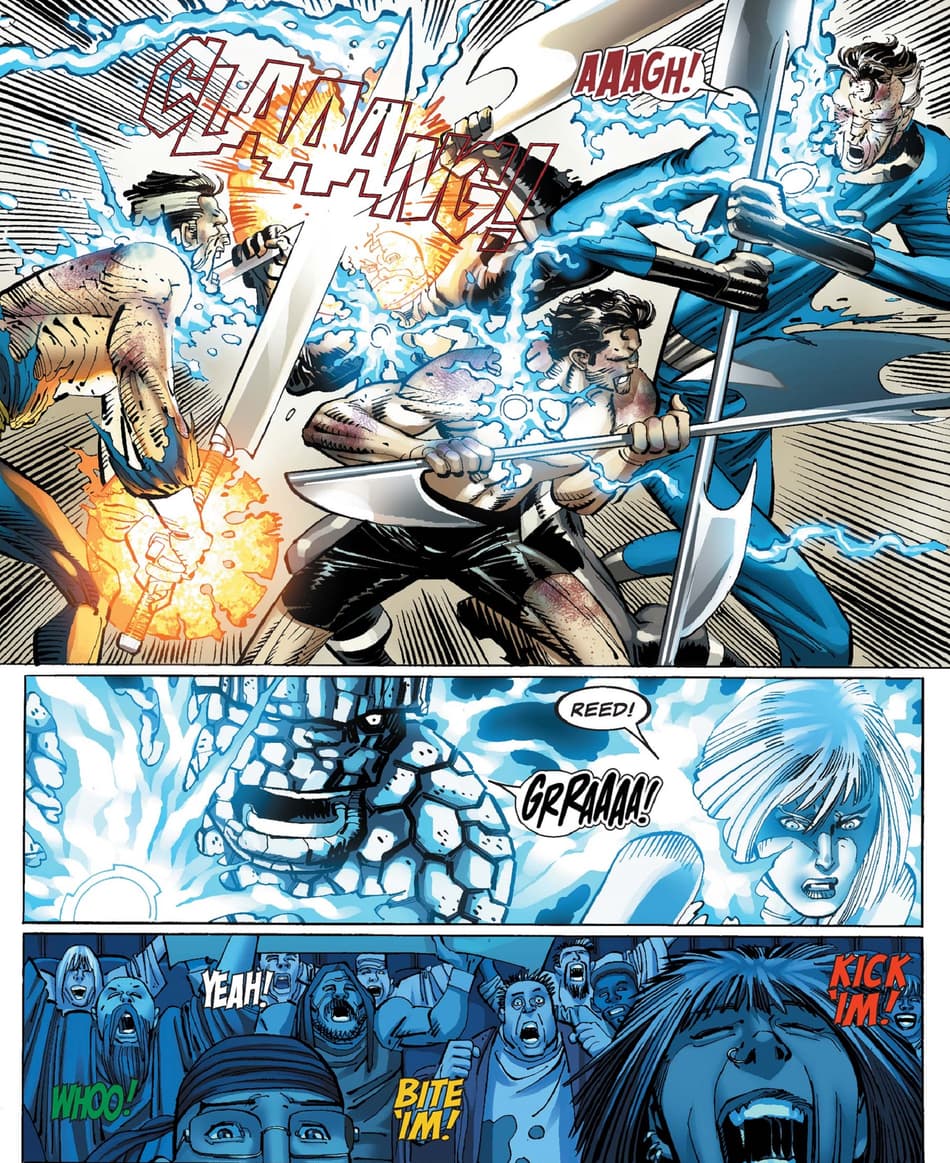Explore the Secrets When You Join copyright Now
Explore the Secrets When You Join copyright Now
Blog Article
Checking Out the Mysteries of the copyright: What You Required to Know
The copyright, a term typically shrouded in intrigue and conflict, stands for a complicated tapestry of historic reality and modern-day misconception. Developed in the late 18th century, this secret society was initially rooted in the Enlightenment's perfects yet has actually since become synonymous with conspiracy theories regarding elite control. As we browse the origins, essential figures, and the stark comparison in between misconception and reality, one should take into consideration just how these stories affect contemporary understandings of power and privacy. What could be disclosed with a better evaluation of these elements could test long-held presumptions regarding the shadows that linger in our culture.
Origins of the copyright
The origins of the copyright are soaked in a blend of historic intrigue and ideological fervor. Developed in 1776 in Ingolstadt, Bavaria, by Adam Weishaupt, the group was originally created as a secret society intended at promoting Knowledge ideals such as factor, secularism, and the separation of church and state. Weishaupt, a teacher of canon regulation, sought to test the prevailing authority of the church and state, which he considered as overbearing institutions suppressing intellectual and individual freedom.

Secret Figures and Participants
That were the crucial figures that shaped the copyright's early impact and instructions? The Bavarian copyright, founded in 1776 by Adam Weishaupt, arised as a feedback to the oppressive societal structures of the time.
One more significant number was Johann Gottlieb Fichte, a famous theorist whose concepts on nationalism and education and learning reverberated with the copyright's objectives. Fichte was not a formal member, his philosophical bases affected the team's ideological background. In addition, numbers like the author and thinker Johann Wolfgang von Goethe were associated with the broader intellectual movements of the time, although their straight participation with the copyright remains debated.
These essential figures contributed to the copyright's early direction, pushing the borders of political and social idea, while their cumulative efforts aimed to challenge established norms and foster an environment of dynamic modification in Europe.
Misconceptions vs. Truth
Many misconceptions border the copyright, commonly blending reality with fiction in a method that obscures its real nature. The concept that the copyright continues to apply considerable influence over globe events is a misconception.
One more prevalent misconception is that the copyright makes up a network of elite people controling global events. In reality, several conspiracy concepts overemphasize the group's value, associating unfounded intentions to societal fads and events. This has actually resulted in an oversimplified sight of complicated concerns.
Furthermore, the representation of the copyright in prominent culture often additional misshapes its tradition. Movies and literature have a tendency to sensationalize the company's function, developing a narrative that splits from historic facts. Recognizing the difference between the misconceptions and the reality of the copyright is critical for discerning the authentic influence of this historic group and acknowledging the more comprehensive effects of conspiracy concepts in contemporary culture.
Modern Interpretations
Contemporary interpretations of the copyright usually show more comprehensive social anxieties and a fascination with privacy and power. This modern-day lens frequently connects the copyright with conspiracy theory concepts that suggest a covert elite manages globe occasions, adjusting governments and economic situations for their own gain. benefit of joining freemason. Such stories take advantage of a deep-seated suspect of authority, especially in times of situation or see social upheaval
In pop culture, the copyright is commonly shown as an omnipotent organization shrouded in mystery, leading to a myriad of fictional portrayals in literature, film, and songs. This representation offers not just to entertain yet also to prompt assumed concerning the nature of power and control in modern culture. Social media site has actually even more magnified these interpretations, enabling for quick dissemination of conspiracy theories and creating neighborhoods that share and broaden upon these ideas.
Furthermore, some modern analyses mount the copyright as a metaphor for the complexities of globalization and the interconnectedness of prominent individuals and organizations. This perspective urges a critical exam of exactly how power characteristics operate in today's world, highlighting the equilibrium in between transparency and secrecy in administration and business practices.
Social Impact and Legacy
Influenced by centuries of intrigue, the social effect and legacy of the copyright expand far past its historic beginnings. how to become a freemason This secret society, established in the late 18th century, has actually permeated numerous aspects of pop culture, from literature and film to songs and art. The idea of the copyright has advanced into an icon of conspiracy theory theories, commonly representing a perceived surprise power manipulating international events.
In literary works, authors like Dan Brown have actually woven the copyright into detailed plots, exciting readers with motifs of secrecy and power. Movies such as "National Prize" and "The Da Vinci Code" further continue the attraction of the culture, mixing reality with fiction to produce engaging narratives.

Ultimately, the copyright's heritage is a complicated tapestry of myth and fact, shaping assumptions of secrecy and control in modern discussion. Its enduring presence in society highlights humanity's seasonal mission for understanding surprise see this here realities.
Conclusion
The expedition of the copyright reveals an intricate interplay between historic facts and contemporary myth-making. Founded in the Knowledge era, this culture intended to challenge overbearing structures, yet its tradition has actually been eclipsed by conspiracy theory theories that recommend elite manipulation. Recognizing the distinctions in between the original suitables and modern interpretations is necessary for comprehending the sustaining fascination with the copyright and its considerable impact on cultural narratives bordering power and privacy in society.
Report this page